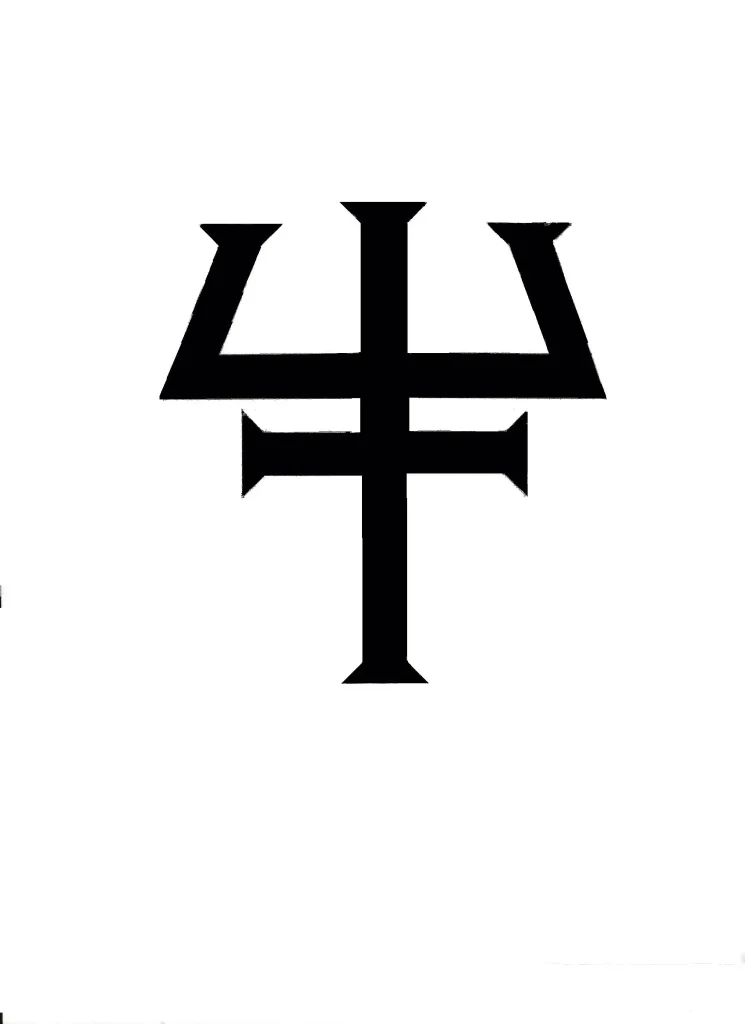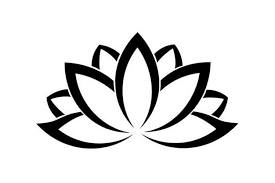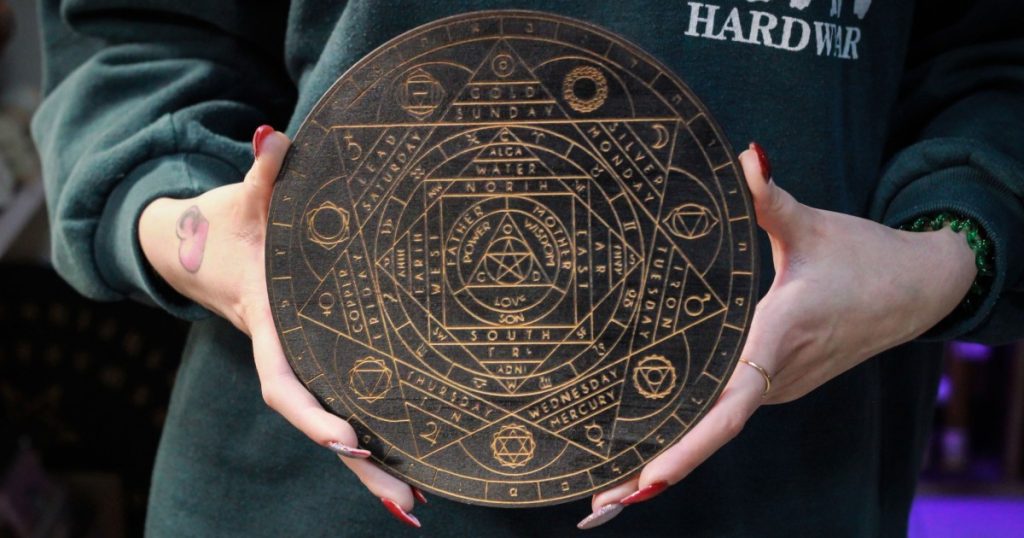Compassion is a virtue that finds expression and symbolism in diverse ways across various cultures and contexts. These witch symbols carry different meanings, each weaving a unique narrative of empathy and care. Together, they collectively embody the essence of compassion, fostering a sense of understanding, kindness, and love for others.
- Compassion is a universal virtue celebrated and symbolized across different cultures and religions.
- The lotus flower, the heart, and the open hand are prominent symbols representing compassion.
- Historical figures like Kwan Yin and the Good Samaritan are often associated with compassionate acts.
- Compassion symbols serve as reminders to cultivate kindness, empathy, and understanding towards others.
- Incorporating these witch symbols into daily life can inspire and reinforce compassionate actions.
The Essence of Compassion in Symbols
Compassion is a deeply embedded human quality that drives us to alleviate the suffering of others. Throughout history, various symbols have emerged to encapsulate this profound feeling that connects humanity. These symbols are powerful tools for conveying the essence of compassion, serving as constant reminders of our shared human experience and the importance of caring for one another.


The Lotus Flower: Beauty in Adversity
The lotus flower is an enduring symbol of compassion across many cultures, notably in Buddhism. It represents the idea of rising and blooming above the murk to achieve enlightenment, just as the lotus flower grows through muddy waters and blossoms into a beautiful bloom.


The Heart: Universal Emblem of Love
No witch symbol is as widely recognized and universally accepted as an emblem of compassion as the heart. Its very shape has become synonymous with love and caring, often used to convey affection and empathetic concern for the well-being of others.


The Open Hand: Gesture of Giving
An open hand symbolizes generosity, kindness, and the extension of assistance to those in need. It embodies the act of giving without expectation of return, a fundamental aspect of compassionate behavior.


The Compassionate Figures: Kwan Yin and the Good Samaritan
Historical and mythical figures who exemplify compassion are often celebrated through stories, statues, and iconography. Kwan Yin, the Buddhist bodhisattva of compassion, is frequently depicted with a serene expression, representing her commitment to relieving suffering. The tale of the Good Samaritan from the Christian Bible tells the story of a man who showed compassion to a stranger, a narrative that has become emblematic of selfless kindness.
Compassion in Action: Real-Life Examples
Moving from symbols to action, compassion is not merely an abstract concept but a practice manifest in the everyday lives of individuals. Acts such as volunteering, donating to charity, or simply offering a listening ear are practical expressions of compassion that can have a profound impact on society.
Incorporating Compassionate Symbols into Daily Life
Carrying, wearing, or displaying symbols of compassion can serve as a personal talisman to inspire and remind oneself to engage in compassionate acts. Whether it’s through jewelry, art, or tattoos, incorporating these symbols can be a daily nudge towards a kinder way of living.
Embracing the Diversity of Compassion Symbols
The representation of compassion is not limited to any one culture or belief system. From the Tibetan mandala to the olive branch, a myriad of symbols exists that convey the spirit of compassion in various forms. Embracing the diversity of these symbols can enhance our understanding and appreciation of the different ways compassion is celebrated around the world.
The Power of Imagery and Art
Artistic representations of compassion, such as paintings and sculptures, can evoke powerful emotions and thoughts. They enable us to visually connect with the concept, reinforcing its importance in our lives. Art can also provide new perspectives on what it means to be compassionate, challenging us to expand our capacity for empathy.


Facts About Compassion Symbols
What cultural practices revolve around compassion symbols?
Various cultures incorporate practices and ceremonies that incorporate compassion symbols to instill a sense of empathy and social responsibility. For example, Buddhist metta meditation focuses on cultivating loving-kindness and compassion towards oneself and others.
Can symbols of compassion impact one’s behavior?
Yes, the presence of compassion symbols can subconsciously influence behavior by constantly reminding individuals of the importance of kindness and empathy. They serve as visual cues that can inspire compassionate thoughts and actions.
How can one discover more compassion symbols?
To discover more symbols of compassion, one can explore different religious texts, cultural narratives, and historical accounts. Museums, art galleries, and literature are also rich resources for learning about the symbols that represent compassion across various traditions.
Are there modern symbols of compassion?
In modern times, symbols such as the ribbon or the peace sign have been adopted as emblems of compassion and solidarity with various causes. Social media icons and emojis, like the heart or hug symbol, are also used to express compassion in the digital realm.
The Ripple Effect of Compassion Symbols
Symbols of compassion, with their profound meanings and rich histories, have far-reaching impacts beyond their visual appeal. They have the power to connect and inspire us to act with more understanding and kindness towards one another. As we integrate these symbols into our lives, we contribute to a world where compassion is not just an ideal, but a living, breathing part of our daily interactions.
Compassion is more than a symbol; it is a way of life, influencing our actions and interactions. By embracing and embodying these symbols, we can create ripples of positive change throughout our communities and the broader world.

